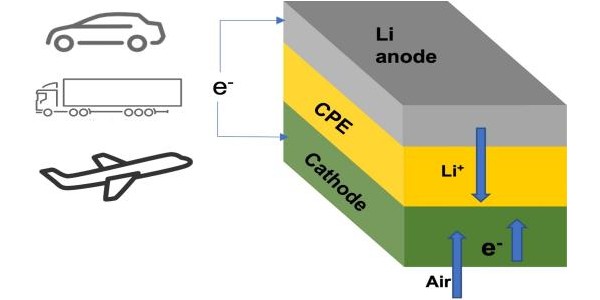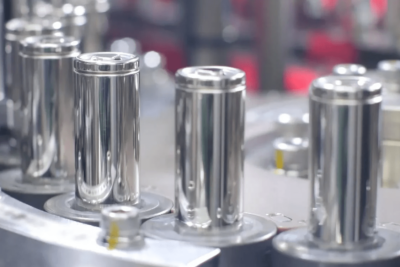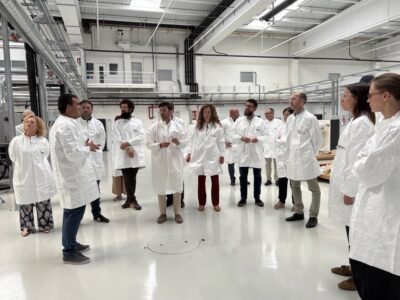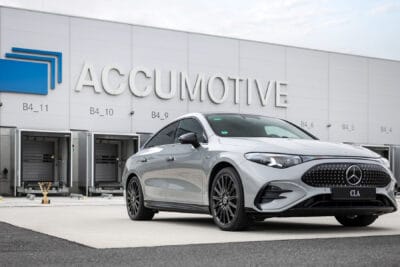US research lab presents findings on lithium-air battery with solid electrolyte
The project, driven by researchers at the Illinois Institute of Technology (IIT) and the US Department of Energy’s Argonne National Laboratory, has produced a battery design that uses a solid electrolyte made of a ceramic polymer material. This consists of “relatively inexpensive elements in nanoparticle form”, according to a release on the project’s findings. The cell is completed by a lithium anode and a cathode with an air-permeable structure.
In a test cell with the new chemistry, the 1,000 charge and discharge cycles mentioned at the beginning are said to have been achieved in the laboratory. “With further development, we expect our new design for the lithium-air battery to also reach a record energy density of 1200 watt-hours per kilogram,” expresses scientist Larry Curtiss of the Argonne team.
The researchers also claim to have understood the main problems that have so far made lithium-air batteries unsuitable for practical use. For example, the lithium-air design works with oxygen that comes from the ambient air, thus eliminating the need for oxygen tanks as in earlier designs, they say. In addition, the scientists say they have succeeded in achieving “a four-electron reaction at room temperature”. And especially important: lithium-air cells have so far revealed great weaknesses in terms of stability. The team from IIT and Argonne now claims to have achieved the 1,000 charge and discharge cycles mentioned at the beginning in a test cell with the new chemistry.
According to the scientists, the battery could be used in electric cars, trucks and aircraft, among other applications, in the future. “For over a decade, scientists at Argonne and elsewhere have been working overtime to develop a lithium battery that makes use of the oxygen in air,” Larry Curtiss sums up. The lithium-air battery, he says, has the highest projected energy density of any battery technology being considered for the next generation of batteries after the lithium-ion battery.
Research on the lithium-air battery was funded by the DOE Vehicle Technologies Office and the Office of Basic Energy Sciences through the Joint Center for Energy Storage Research.





0 Comments